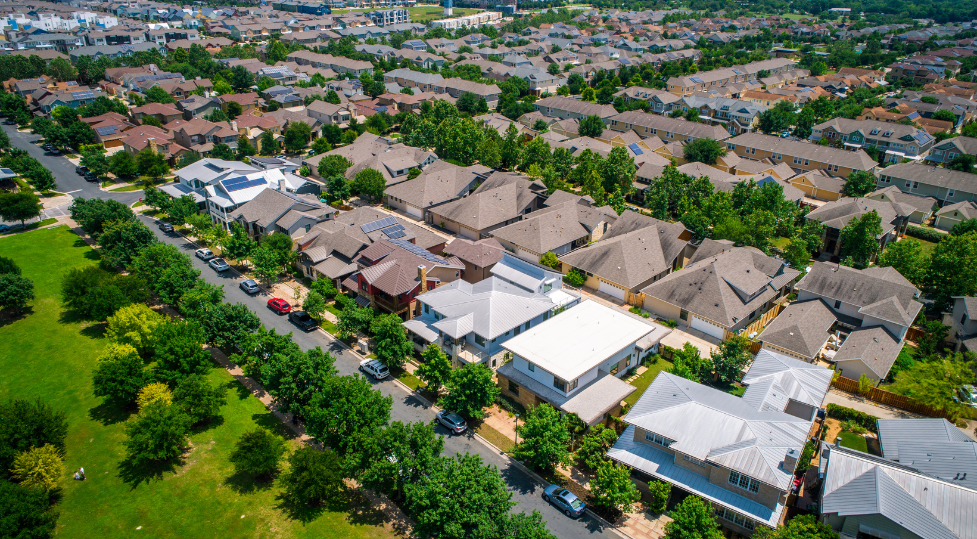The U.S. housing shortage surged to an all-time high of 4.7 million units, according to a new Zillow analysis of recently released Census data. Despite a boom in home construction, the deepening housing deficit remains the main driver of America’s housing affordability crisis. As a result, 8.1 million families are now “doubling up,” sharing homes with people they’re not related to, often due to financial necessity rather than choice.
While 1.4 million new homes were added to the housing supply last year, they fell short of keeping pace with the 1.8 million newly formed families, resulting in a 159,000-home increase in the housing deficit. Although this marks a slower increase compared to the 257,000-unit jump in 2022, it highlights the persistent gap between supply and demand.
“Construction has helped prevent the housing deficit from ballooning, but it hasn’t begun to close the gap,” said Orphe Divounguy, senior economist at Zillow. “We know what works: lower building restraints to allow for more density and less expensive housing.”
Millennials are most affected by this shortage, making up 38% of households doubling up with nonrelatives, the largest share among any generation. They’re followed by Gen Z (29%), Gen X (17%), and older generations (16%).
The housing crunch is especially severe in major urban centers. Among the 50 largest metro areas, New York, Los Angeles, Boston, San Francisco, and Washington, D.C. have the largest housing deficits. Even though mortgage rates have dipped slightly compared to last year, a median-income family in 2024 would still need an additional $17,000 in income to afford a typical home, a significant jump from affordability levels in 2019.
Vacancy data suggests that available housing isn’t necessarily accessible. Census figures show that 3.4 million homes sat vacant and listed for rent or sale in 2023, yet affordability barriers continue to leave millions without independent living options.
Zillow researchers point to restrictive zoning and building regulations as key obstacles. In cities and states with fewer barriers to construction, developers were able to respond more rapidly to pandemic-era demand, helping to stabilize prices and rents faster. Builders completed 1.45 million units in 2023 and 1.63 million in 2024, the highest totals since 2007.
Experts and housing advocates, including Zillow, are calling for local and state governments to relax zoning laws and encourage higher-density development such as accessory dwelling units (ADUs), duplexes and triplexes. These “middle middle” housing types could significantly increase supply and improve, especially in high-demand urban areas.
“More of these measures at the local level can help get more homes built and begin to ease this outsize financial burden for millions of Americans,” added Divounguy.




